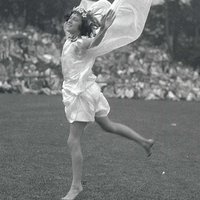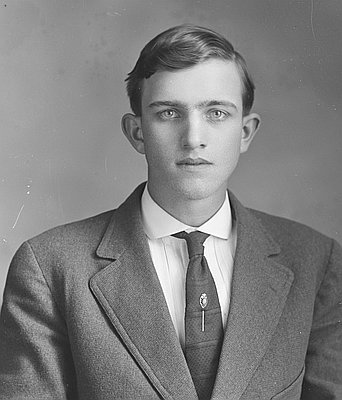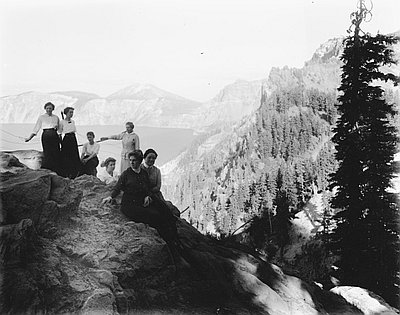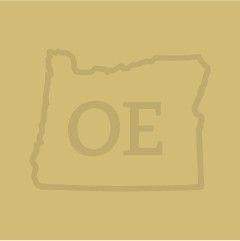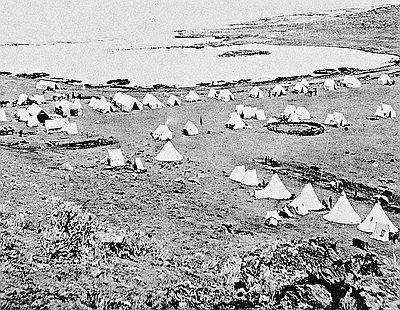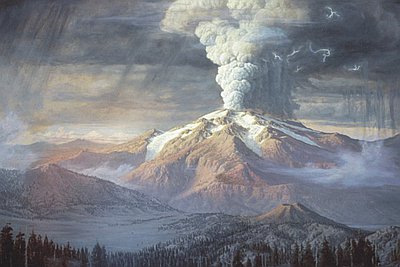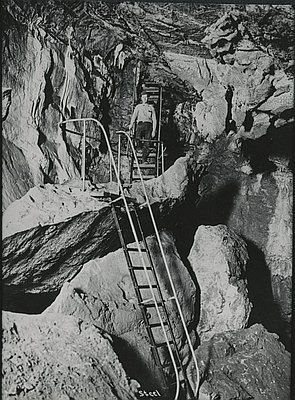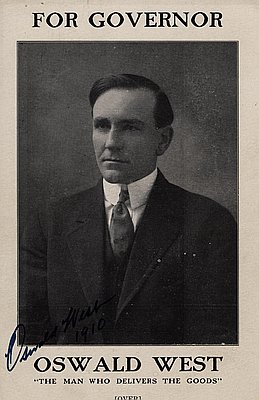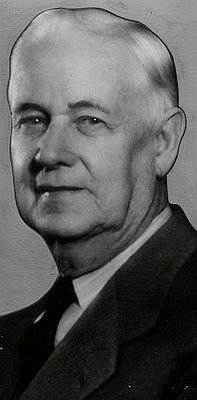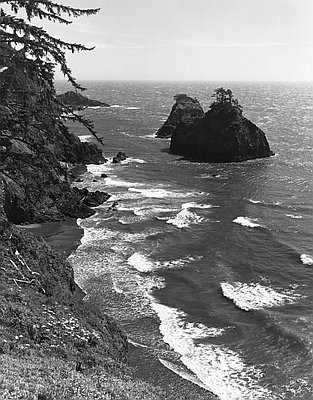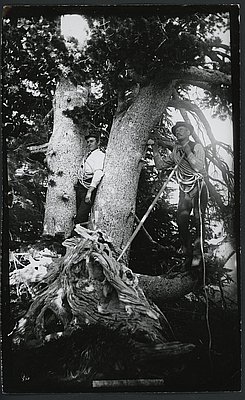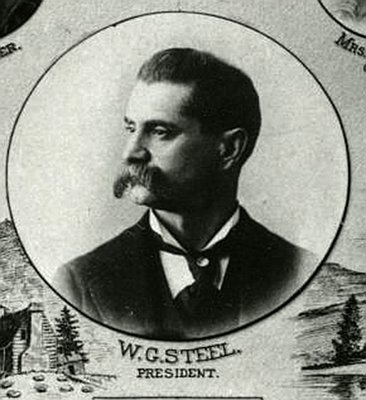Stephen R. Mark
Steve Mark is the author of Preserving the Living Past: John C. Merriam’s Legacy in the State and National Parks (University of California Press, 2005) and other publications on the history of conservation. He is currently at work on a book about state parks, particularly those on the Oregon Coast, as a study of how such landscapes are perceived, used, and promoted.
Author's Entries
-
![Chester H. Armstrong (1892-1973)]()
Chester H. Armstrong (1892-1973)
By writing a history of the state park system in 1965, Chester H. “Chet” Armstrong provided Oregon with one of the first such works anywhere in the nation. Packed with data, Oregon State Parks: History, 1917-1963 also served to justify keeping the parks within the State Highway Department, which published …
Oregon Encyclopedia
-
![Crater Lake National Park]()
Crater Lake National Park
As a focal point in the Cascade Range for almost a half million visitors each year, Crater Lake National Park is a place where beauty arose from cataclysmic events. Over seven millennia ago, the eruption and collapse of Mount Mazama generated such quantities of ash that it formed a distinct …
Oregon Encyclopedia
-
![David G. Talbot (1933-)]()
David G. Talbot (1933-)
David G. Talbot has the distinction of being the longest serving head of the state parks in Oregon, from 1964 until 1992. During his tenure, the state parks organization underwent dramatic changes, assuming new responsibilities and dealing with escalating visitation to the parks. Although he faced some severe budgetary challenges, …
Oregon Encyclopedia
-
![John C. Merriam (1869-1945)]()
John C. Merriam (1869-1945)
Born in Iowa in 1869, John C. Merriam was a geologist, zoologist, and premier taxonomist who trained under such luminaries as Joseph Le Conte and Karl von Zitell. He achieved scientific prominence at the University of California at Berkeley, but away from the laboratory, he led expeditions to fossil localities …
Oregon Encyclopedia
-
![Modoc War]()
Modoc War
The Modoc War, waged mostly over the winter and spring of 1872-1873, thrust the border between Oregon and California into the national spotlight. During peace negotiations, General E.R.S. Canby was killed, the first full-ranking U.S. Army general to lose his life in a conflict between Indians and the federal government. …
Oregon Encyclopedia
-
![Mount Mazama]()
Mount Mazama
Mount Mazama is located in the southern part of the Cascade Range, about sixty miles north of the Oregon-California state line. It holds Crater Lake (giiwas in the Klamath language), at 1,943 feet the deepest freshwater body of water in the United States. Much of the mountain is …
Oregon Encyclopedia
-
![Oregon Caves National Monument]()
Oregon Caves National Monument
Only a few places in the Beaver State are named in reference to California, and Oregon Caves is one of them. Its earlier moniker, the Josephine County Caves, gradually faded from use after exploring parties sponsored by the San Francisco Examiner in 1891 and 1894 publicized their experiences at the …
Oregon Encyclopedia
-
![Oswald D. West (1873-1960)]()
Oswald D. West (1873-1960)
Oswald D. West served as Oregon's fourteenth governor, between 1911 and 1915. Best known as the catalyst for numerous reforms during his one term in office, West played a behind-the-scenes role in Oregon's Democratic Party over the next several decades. His homespun philosophy and colorful memoirs about causes such as good …
Oregon Encyclopedia
-
![Samuel H. Boardman (1874-1953)]()
Samuel H. Boardman (1874-1953)
As the first state parks superintendent in Oregon, serving from 1929 to 1950, Sam Boardman is often called the father of the state park system. He had a germinal role in building a system that attracted a steadily increasing number of visitors, and he was the catalyst for the state’s extensive …
Oregon Encyclopedia
-
![Samuel H. Boardman State Park]()
Samuel H. Boardman State Park
The Samuel H. Boardman State Park is a 1,471-acre, 11-mile, linear park consisting of a stunning swath of coastal Curry County. Stretching west of Highway 101 in a continuous corridor from Brookings north to Pistol River State Park, Boardman State Park (now administratively referred to as a State Scenic Corridor) …
Oregon Encyclopedia
-
![William A. Langille (1868-1956)]()
William A. Langille (1868-1956)
While some have called William A. Langille the father of forestry in Alaska, his name remains more firmly linked with Oregon. A native of Nova Scotia, Langille arrived in Hood River in 1880 with his parents and younger brother, H.D. “Doug” Langille. Beginning in 1891, the family ran the newly built …
Oregon Encyclopedia
-
![William G. Steel (1854-1934)]()
William G. Steel (1854-1934)
Born in Ohio on September 7, 1854, William Gladstone Steel was raised in an abolitionist family that provided refuge for escaped slaves on the Underground Railroad. In 1872, he moved with his family to Portland, where he graduated from high school and then apprenticed as a pattern maker in …
Oregon Encyclopedia

